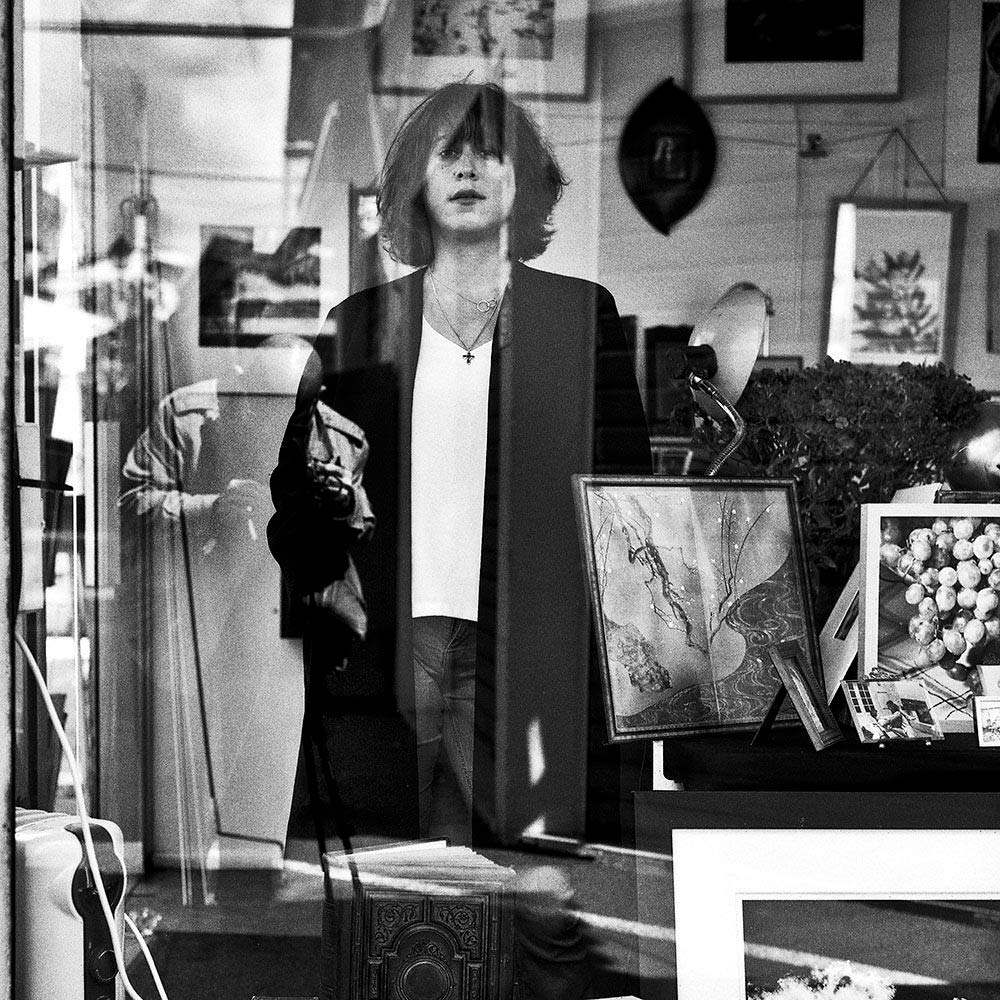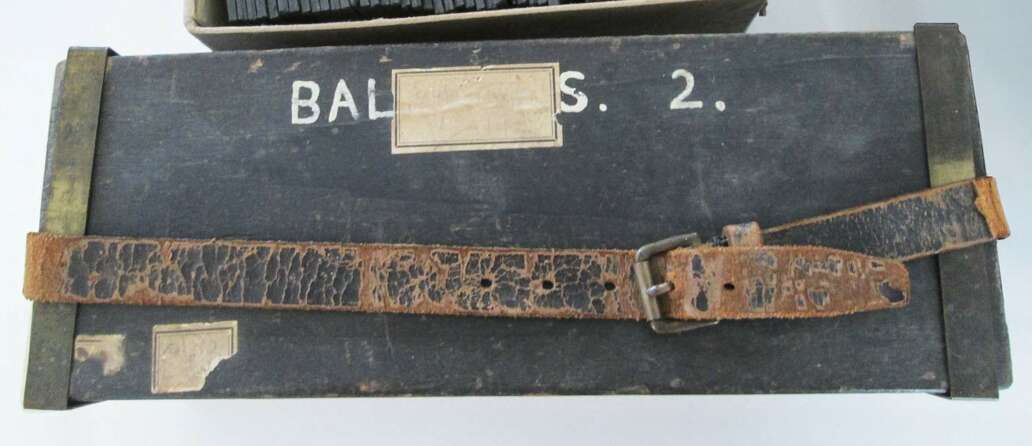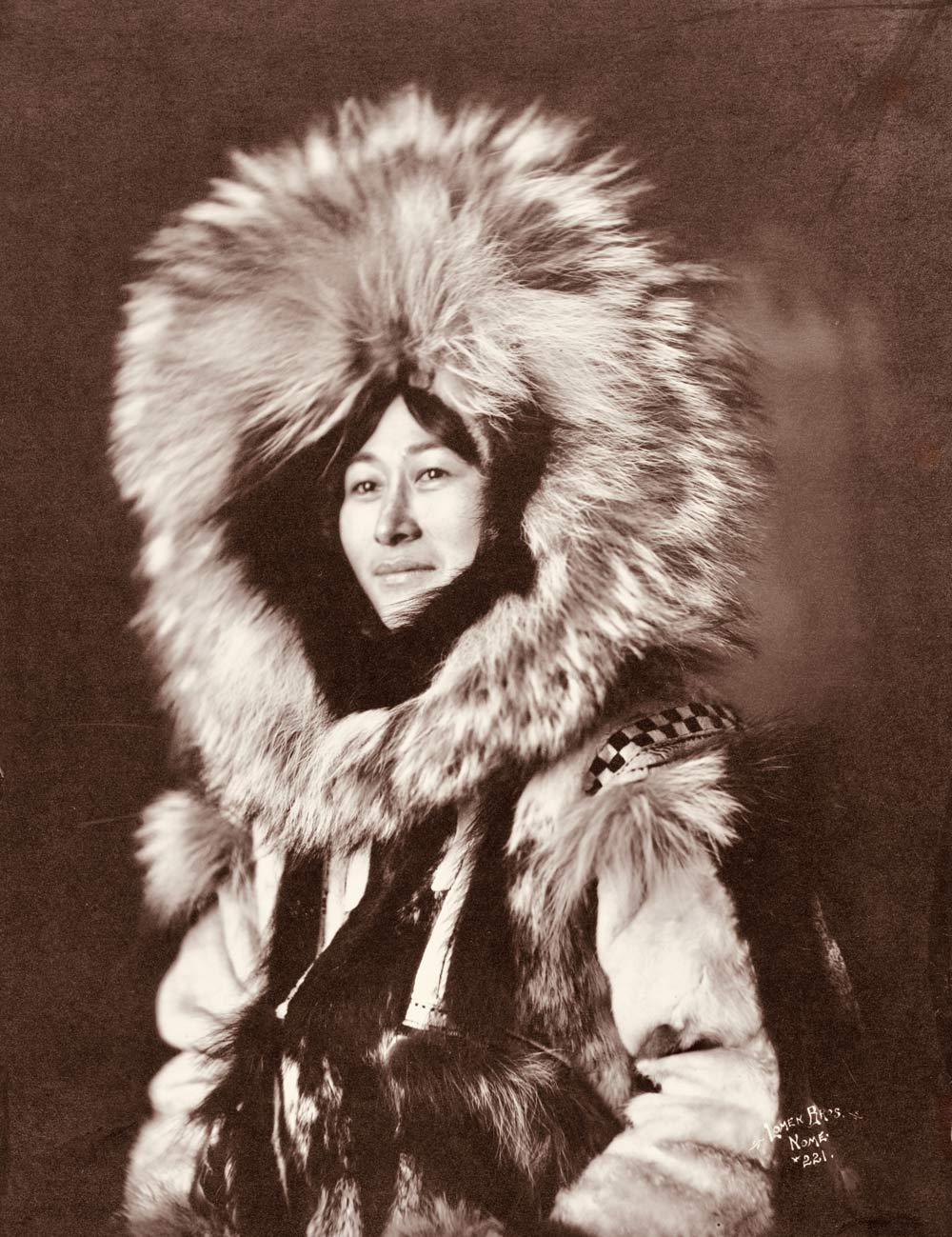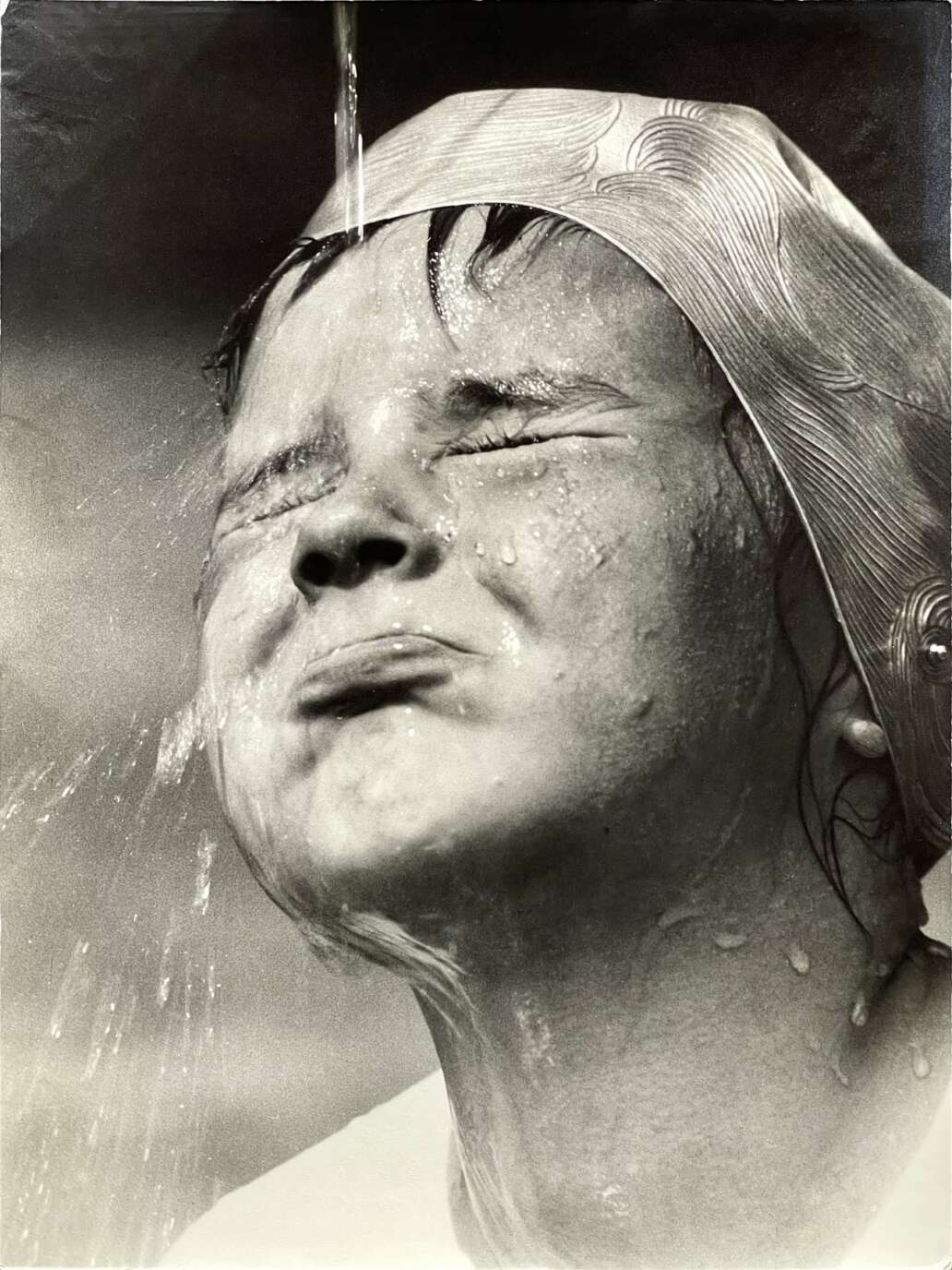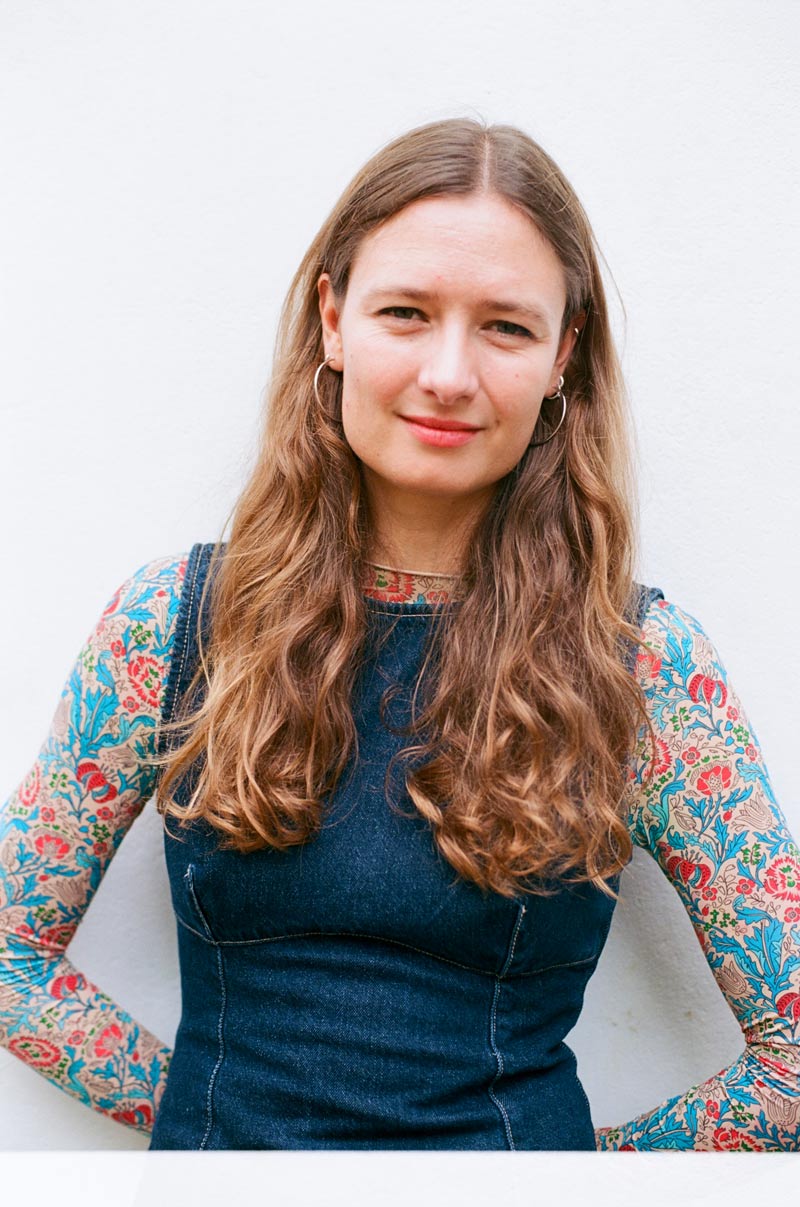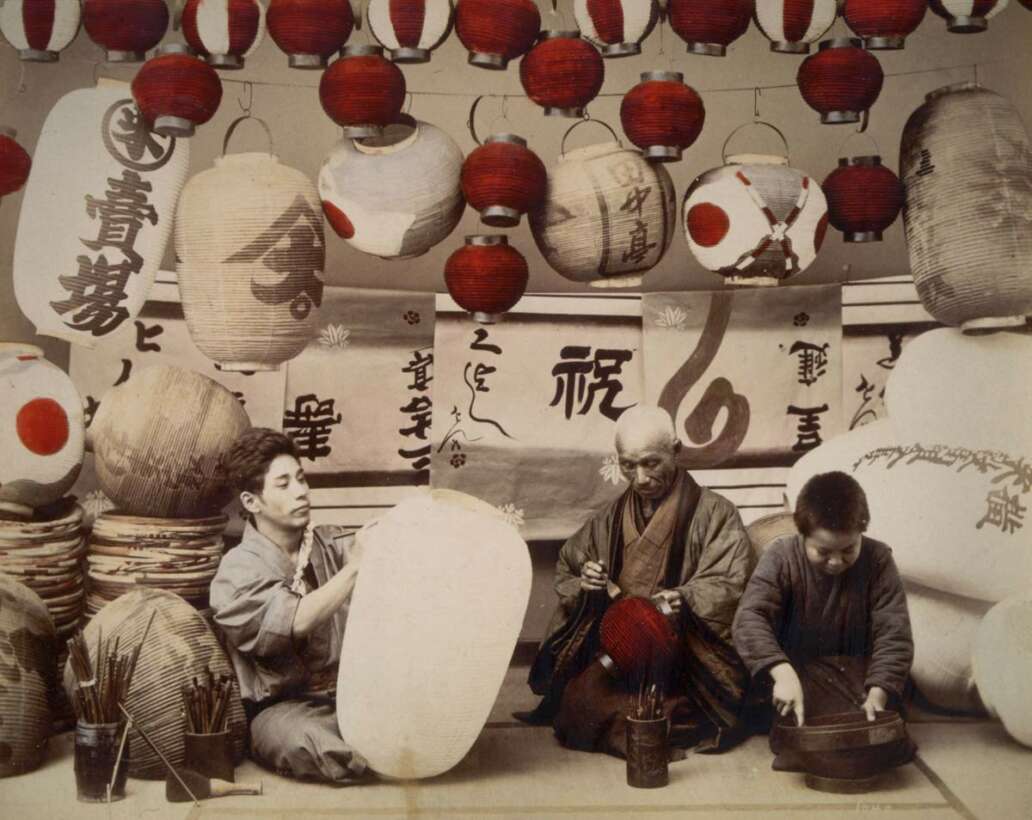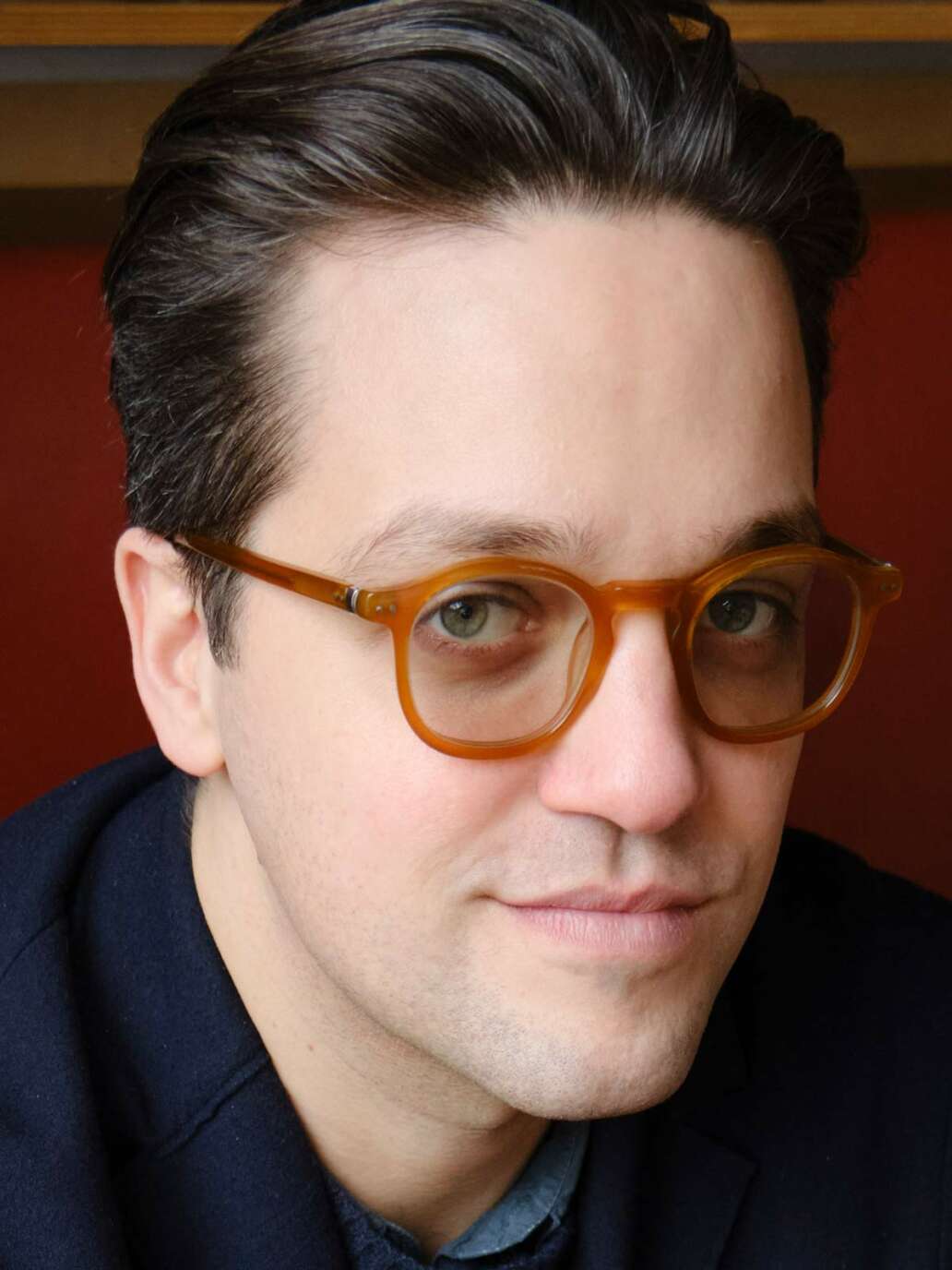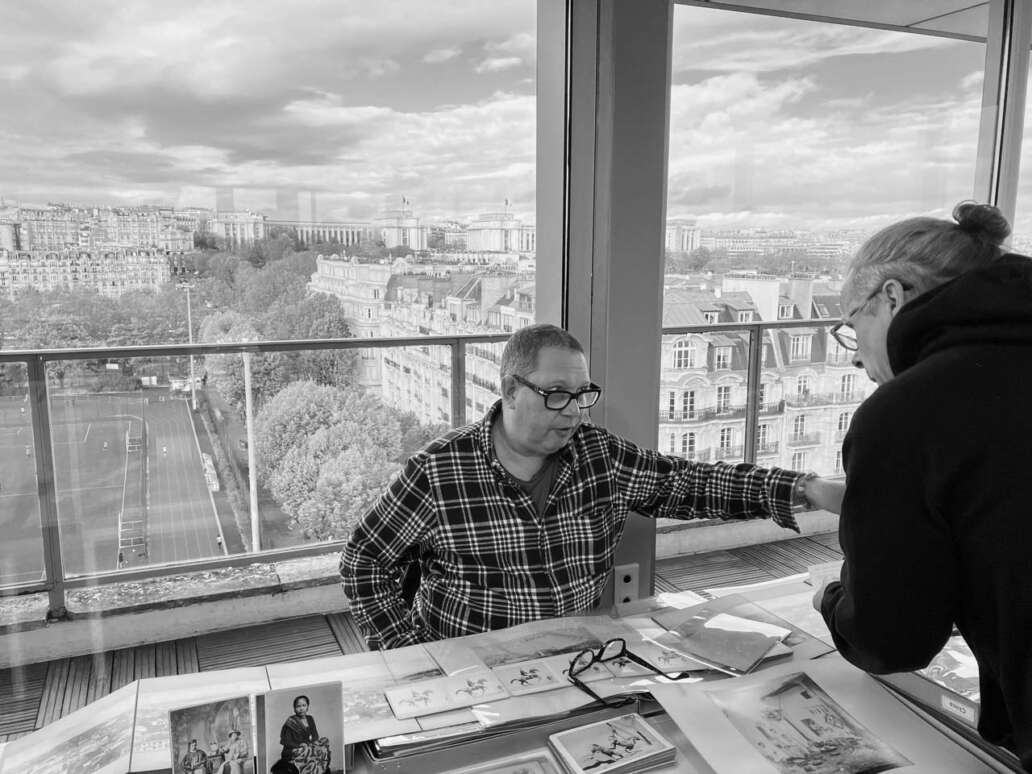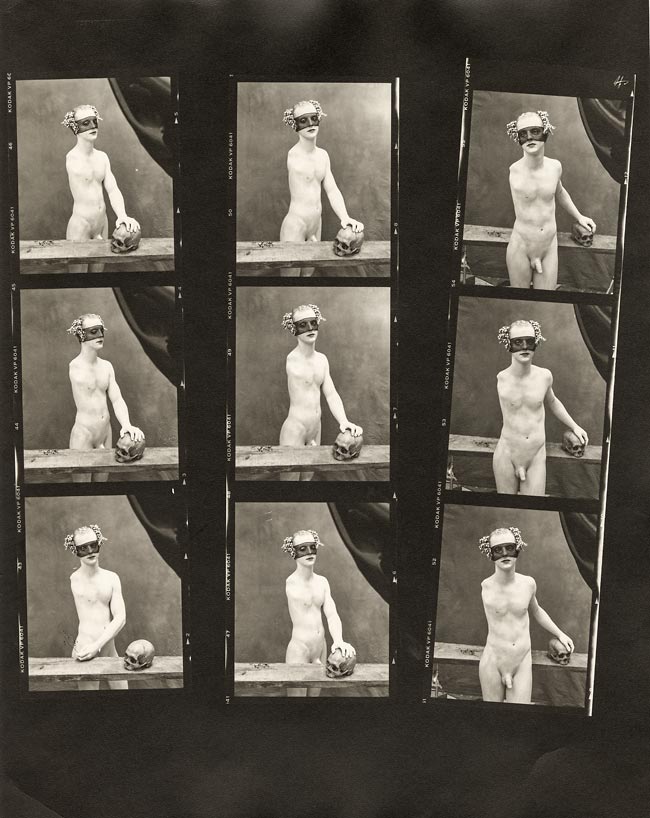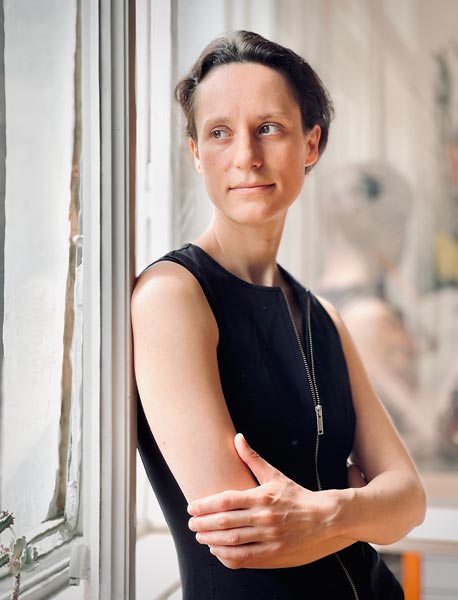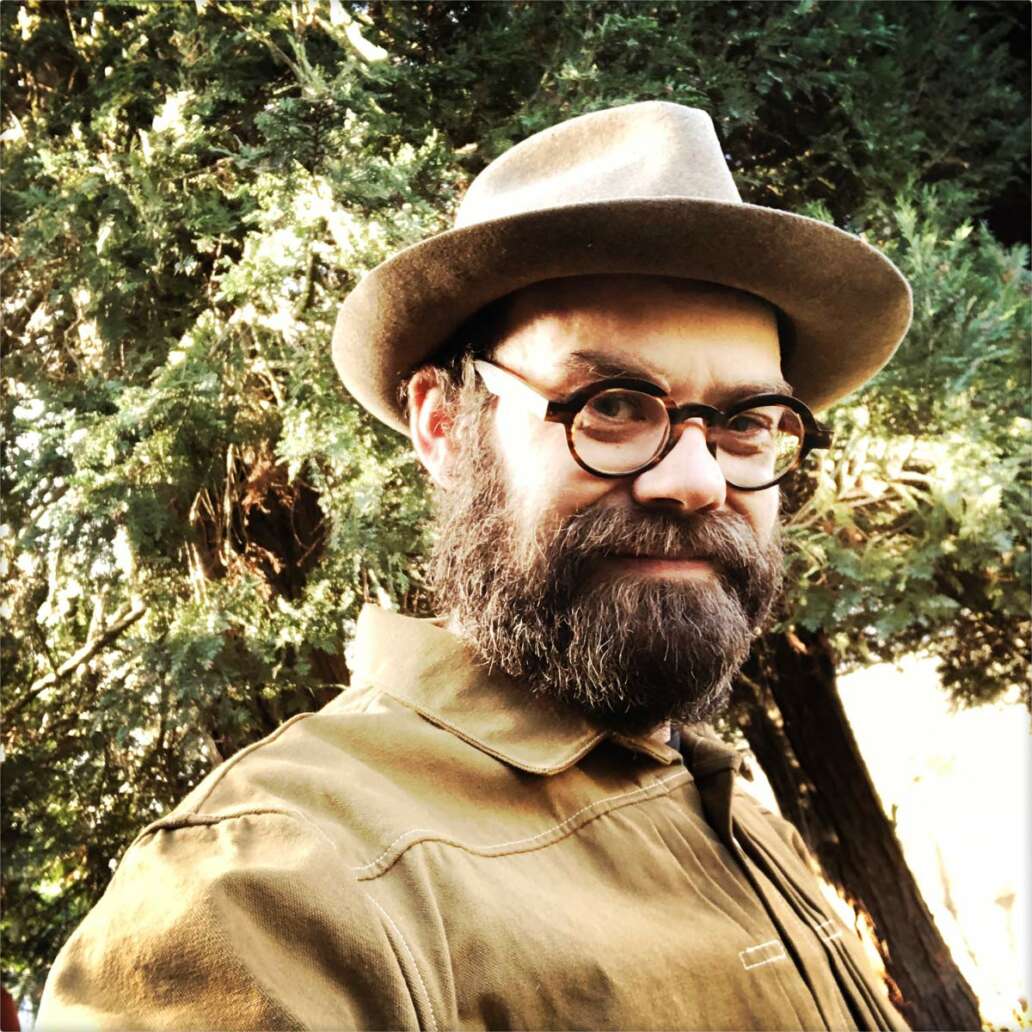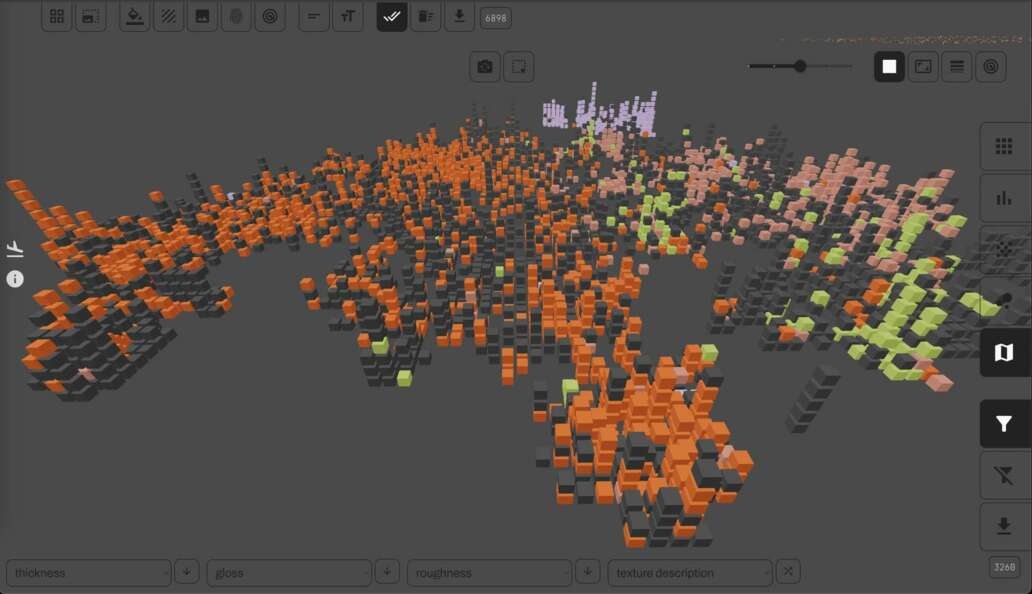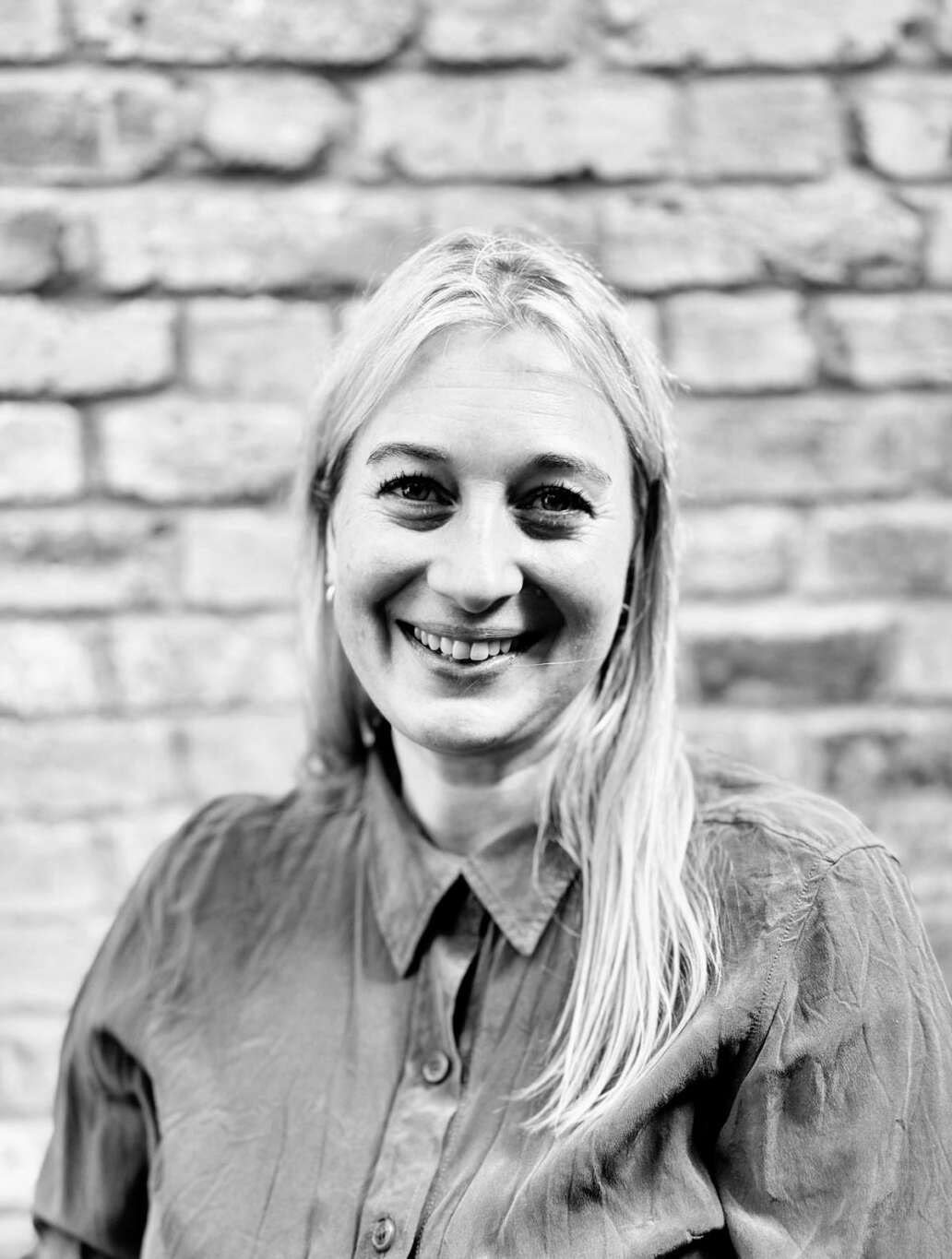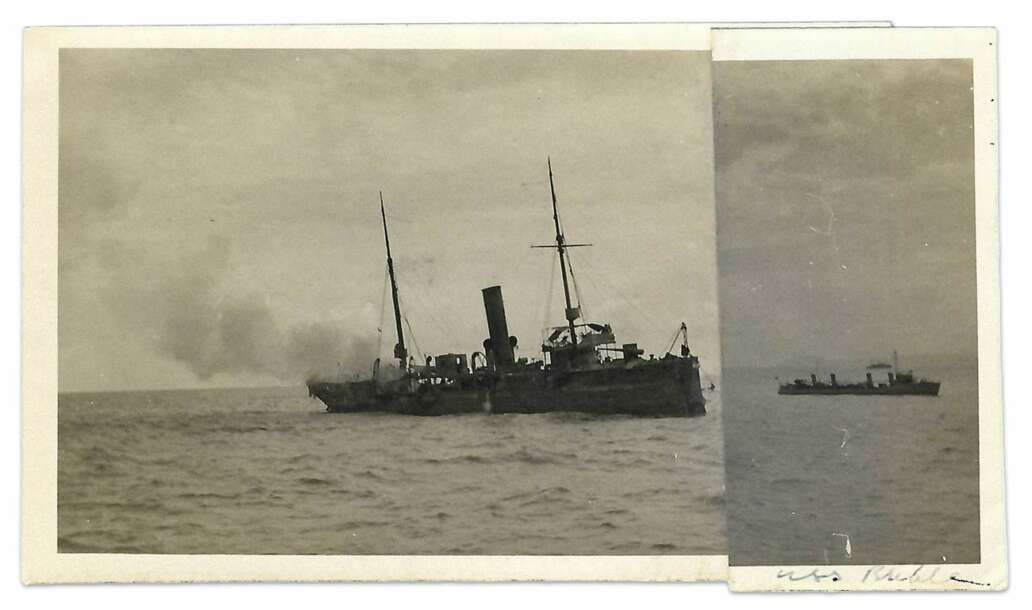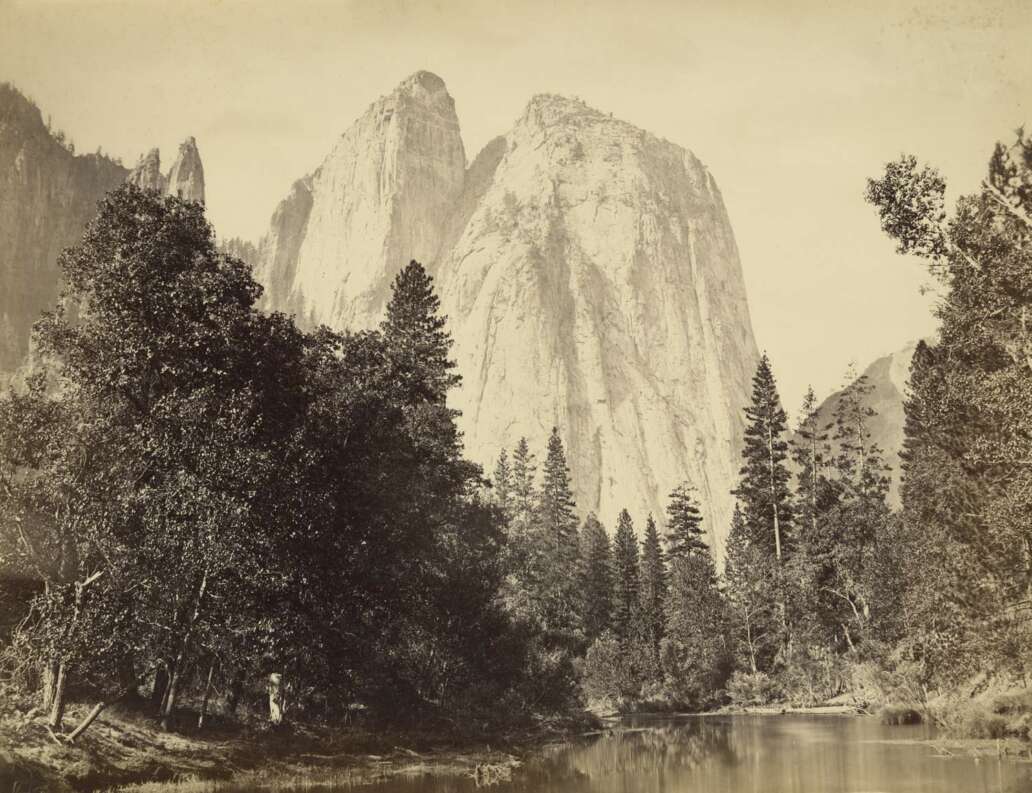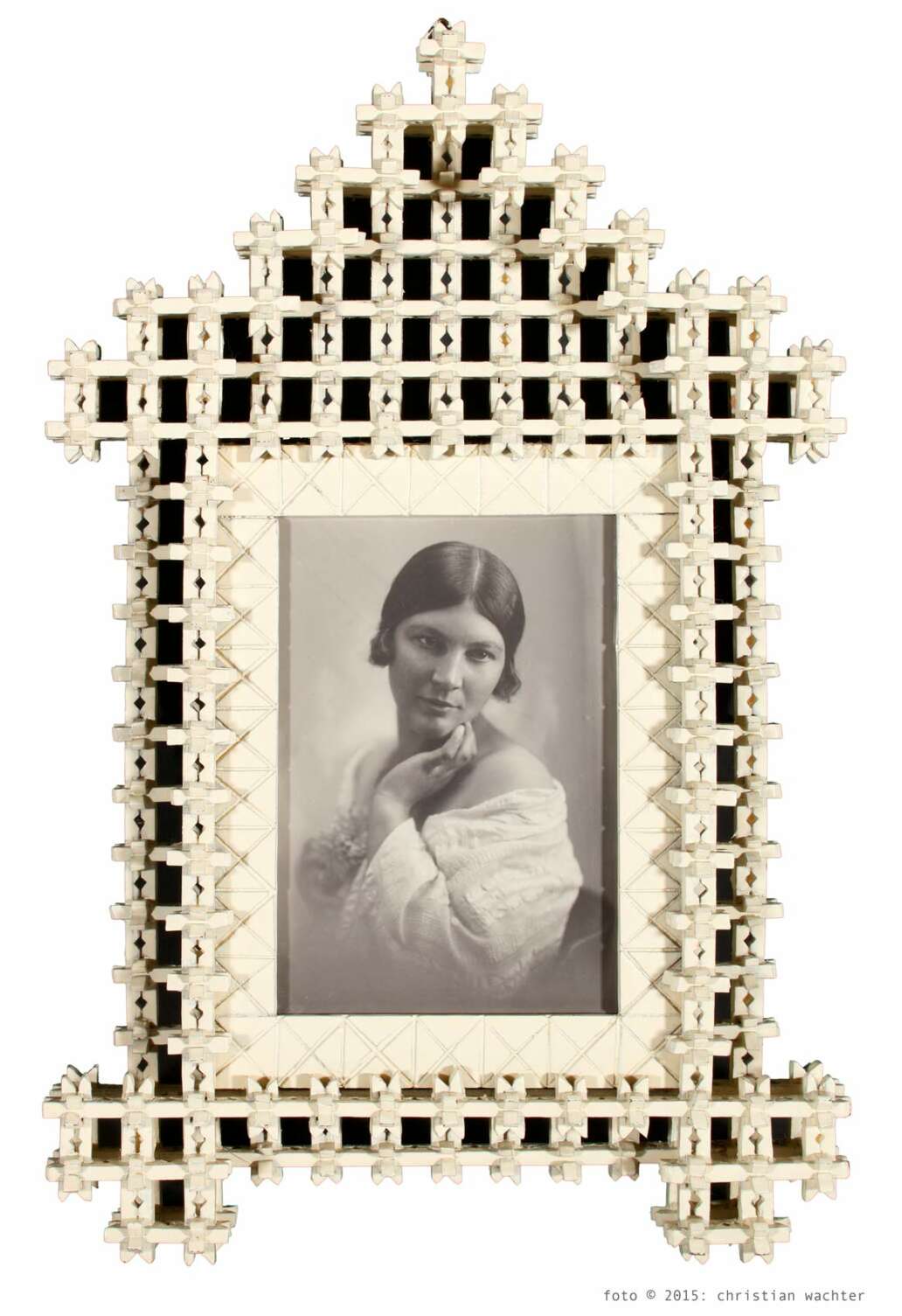The Next Generation in Classic Photography – Joséphine Boyer
After two years as Head of the Photography Department at Millon, I plucked up the courage to leave the auction house. I began hunting for bargains, and with the help of leading dealers, I learnt the trade, refined my eye, and broadened my knowledge.
“By Who Exactly?”
The Colour Photography of Dr Hugh Roubiliac Roger-Smith
The writing identified the locations but there were no indications as to the identity of the photographer. Still, on one slide I spotted some writing that might lead to an identification, “Dot Ethel” and “Belsize Crescent”
The Frozen Past: A Photographic Record of Inupiaq Lifeways created by the Lomen Brothers Studio
Lomen photos helped to sell meat along with the fiction that herding benefitted all Alaskans equally. They show Native youths straddling reindeer, and herds streaming across tundra, a tide of furry backs. There are dancers with wolf-head hoods straight from a creation myth.
“By who Exactly?”
Not by Margaret Bourke-White
Mila and I have our theory as to why the print was miscatalogued. There are several prints of this image, entitled Unter der Brause (Under the Shower) and Neumüller also produced an exhibition that was shown at several salons around the world.
Histoire du Eye Club.
Les valeurs de la photographie. Paris-Londres-New York (1960-1989)
Her thesis maps out the complex story of how the modern photography market was formed and developed up until 1989.
Felice Beato – The Road to Mandalay
Felice A. Beato was for a long time somewhat of an enigma. It was not wholly clear where he was born, how he acquired British citizenship nor when he died. In 2009 however, his death certificate was discovered, showing that he was in Venice in 1832 and died in Florence in 1909. But there are still many unknowns in his story.
The Next Generation in Classic Photography – Giovanni Teeuwisse
My fascination with photography began when I was 14 after seeing an exhibition by Henri Cartier-Bresson in Amsterdam. I remember standing in front of his photographs, feeling as though I was peering into these fleeting moments that would have otherwise been lost to time.
In Memoriam: Dr Jens Mattow
He described himself in self-deprecating terms as a little "house mouse" in the world of photography. He was much more than that, but it does say something about how he went about his business.
Fabricated Dreams – Joel-Peter Witkin’s Contact Sheets
For Witkin, his contact sheets are far more than a tool for selecting a final image. They represent a critical moment in his creative process, where the emotional and conceptual weight of the photograph begins to crystallize. They are visual roadmaps that capture not only his technical decisions but also the evolution of his provocative imagery.
The Next Generation in Classic Photography – Mila Palm
The selection is based on instinct, rarity, ingenuity, subject, emotional impact, aura, aesthetic and/or documentary value. Sometimes it is precisely the aesthetics of the “imperfect” or the mysteriousness, the enigma, that is the real attraction.
Heat and Dust – Captain Linnaeus Tripe’s views of Burma
The trip lasted three and a half months but because of sickness and bad weather Tripe had only 36 days to photograph the region. This was indicative of the problems of the 19th century photographer in the East: heat, dust, and flies in summer, damp humid conditions and sickness during the monsoon months, the rapid deterioration of photographic chemicals, and difficulties procuring and transporting the bulky equipment.
The Next Generation in Classic Photography – Wouter Lambrechts
I’m particularly proud when a museum shows interest in Bazar Nadar’s offerings. Public collections open up photo history to a broader audience, which I, as a teacher, naturally welcome. Then, the photos and stories are seen by a wider audience. For instance, some lovely autochromes ended up at the Rijksmuseum in Amsterdam.
Paperbase: Visualizing the Material History of Black and White Paper
The Lens Media Lab at Yale University’s Institute for the Preservation of Cultural Heritage has undertaken an extensive project to document and characterize its collection of over 7 500 dated and identified gelatin silver papers manufactured between 1890 and 2010.
by Damon Crockett, Paul Messier, and Katherine Mintie, Lens Media Lab
The Next Generation in Classic Photography – Kate Hershkowitz
The plan is to continue Robert Hershkowitz Ltd, as well as develop my own business within, which will include material in which my father hasn’t been prominent, such as vernacular photography, cased images and some modern and contemporary.
Unending frames
Every photographer is faced with an array of choices. Decisions need to be made. Where to point and shoot. What to include and what to leave out. How the photograph’s edges will work alongside the images they contain. Then, of course, there is the matter of the things that sneak into frame; and those that might get cropped, as if by a guillotine.
Carleton E. Watkins –
The Great American West
In the summer of 1861, Watkins first travelled to the remote and unexplored Yosemite Valley and Mariposa Grove of Big Trees, two hundred miles east of San Francisco, to photograph their fabled wonders.
by Matthew Butson, Vice President – Getty Images, Hulton Archive
Framing Portraits –
Art Nouveau and Beyond
The frame was made from wooden clothespins, otherwise often used to construct crosses of the same size. It’s an example of “Gartenarbeiten”, meaning Trench Works, which were made from everyday objects during the First World War.
The Next Generation in Classic Photography – Barnabé Moinard
I chose to be a full-time dealer so that I would be fully invested and not be tempted to rely on a safety net. It's not always easy, but it's exciting!
Out of the Blue and Into the Black –
Paul Joyce remembers Dennis Hopper
At this stage of his career Dennis was basically uncontrollable. He made enemies left, right and centre and cared not a jot about it. For instance, he found himself sitting next to George Cukor, director of The Philadelphia Story (1940) and A Star is Born (1954), at a Hollywood dinner. In horror, fellow guest Peter Bogdanovich heard him say to Cukor, “You’re old Hollywood and we are going to bury you!”
The Magazine Files
The Unpublished Picture Post Stories – Conservation of the Galleys or Mock-ups.
Interview with Emma Lowe, conservator at Getty Images Hulton Archive
The first steps in any conservation treatment are to photograph it, record the damage, which may look very different when flattened, and then dry clean all the surfaces.
Otto Steinert:
A Treasure Trove of 22 Prints Goes to Auction
He left his mark on German post-war photography like no other. Otto Steinert spanned the arc from New Seeing to Subjective Photography, broke with the conventions of documentary photography, and fundamentally influenced the visual language with his tension-filled compositions.
“The Whole of Old Paris”
Highlights from the Mary & Dan Solomon Collection at the Getty Museum
Last year, the Getty Museum acquired the private collection of 209 Atget photographs assembled over the course of 25 years by Mary and Dan Solomon.
William Grundy:
Reflecting the Victorian Mindset in Photographs
Grundy lived in Sutton Coldfield, near Birmingham. Unlike William M England, who is renowned for his extensive trips in America, France, Ireland and Switzerland, Grundy’s travels were more modest - indeed London Stereoscopic labeled his collection Grundy’s English Views!
by Matthew Butson, Vice President – Getty Images, Hulton Archive
Reinhold Thiele
Wunderkind and Pioneer
When the Boer War broke out in October 1899, Thiele was appointed as the official photographer for The Graphic – the first and only to be sent to South Africa in such a capacity.
by Matthew Butson, Vice President – Getty Images, Hulton Archive
Philippe Garner:
An exhibition of his photographs at Hamiltons Gallery
‘I was twenty-three when I took the first of these pictures. Thinking back to those years, I recall how driven I already was to make images that captured the essence of all that engaged me. I had spent much time as a child and teenager in the South of France, based in Aix-en-Provence, where my grandmother lived. That region – including Marseille and the coastal resorts to the east of Marseille and their hinterland – became an important part of my life.’


